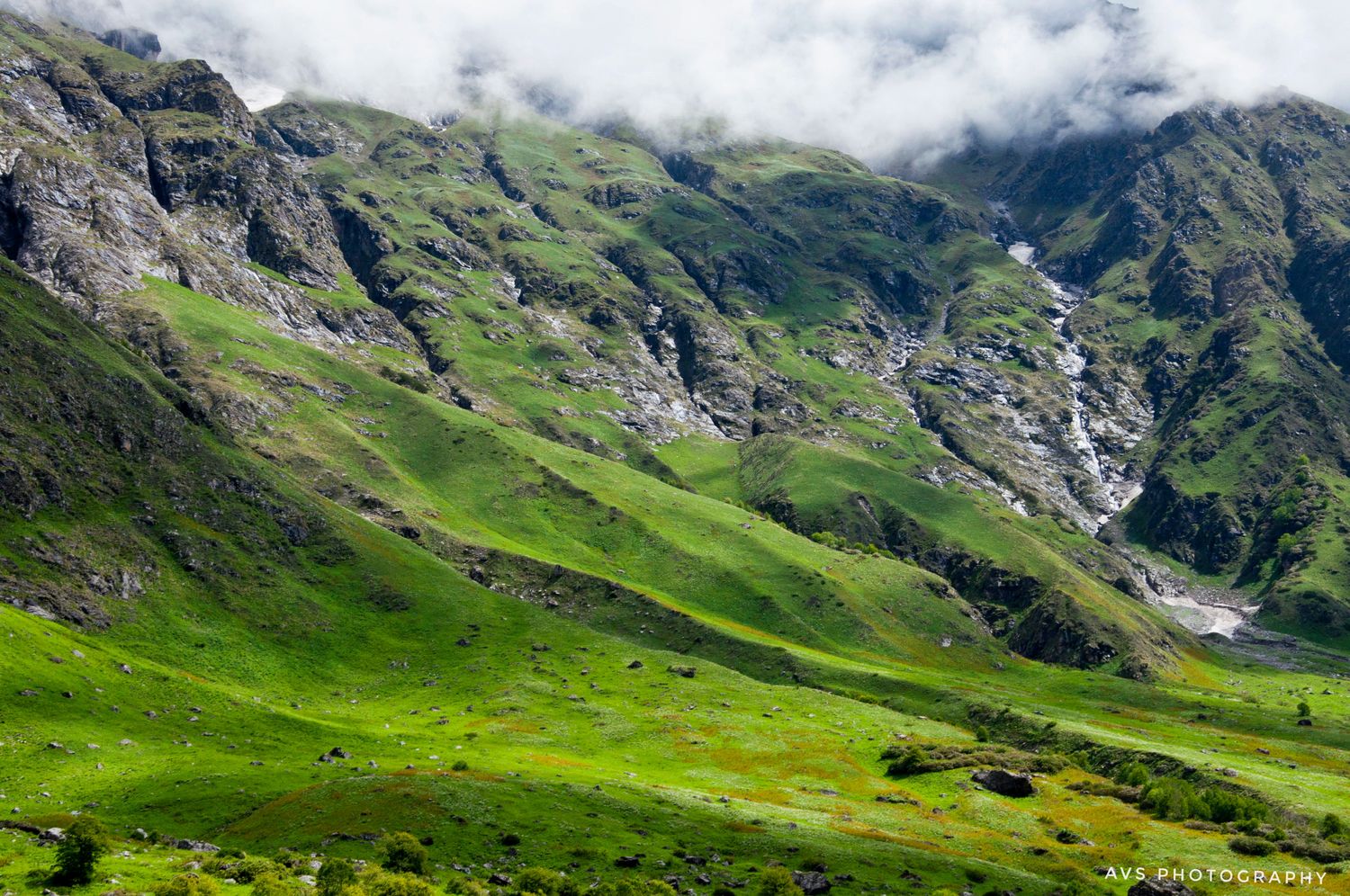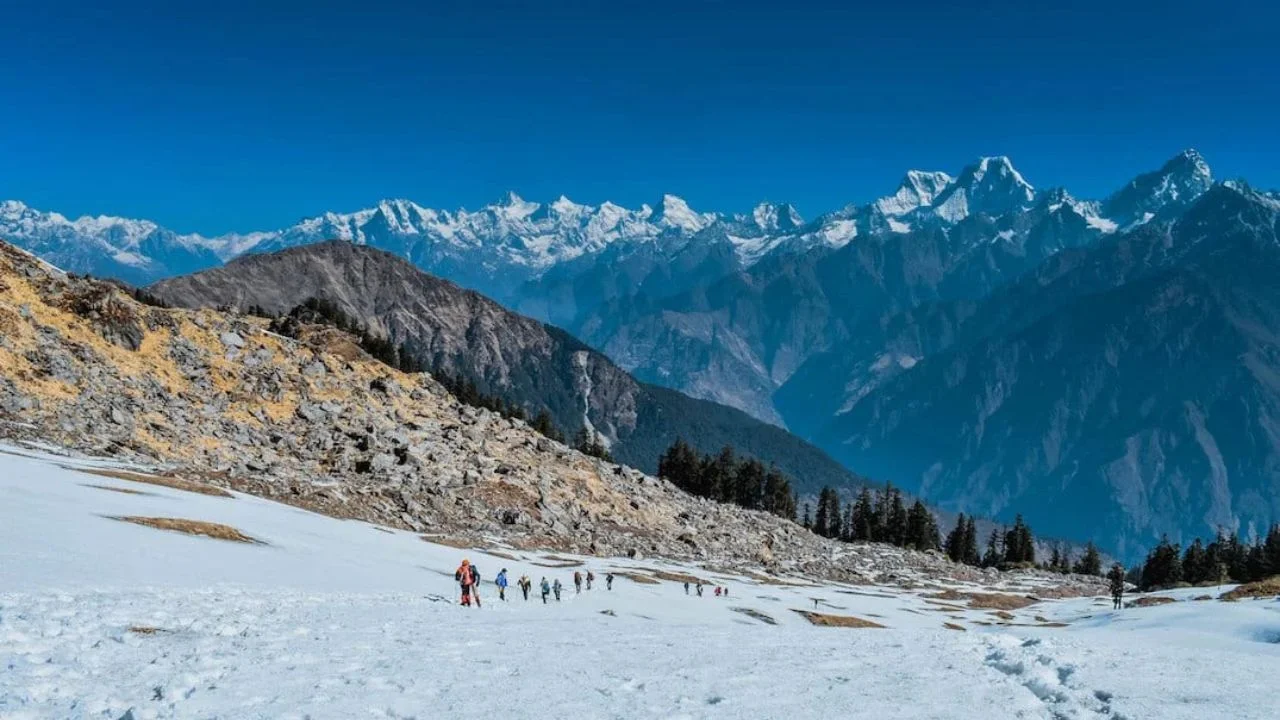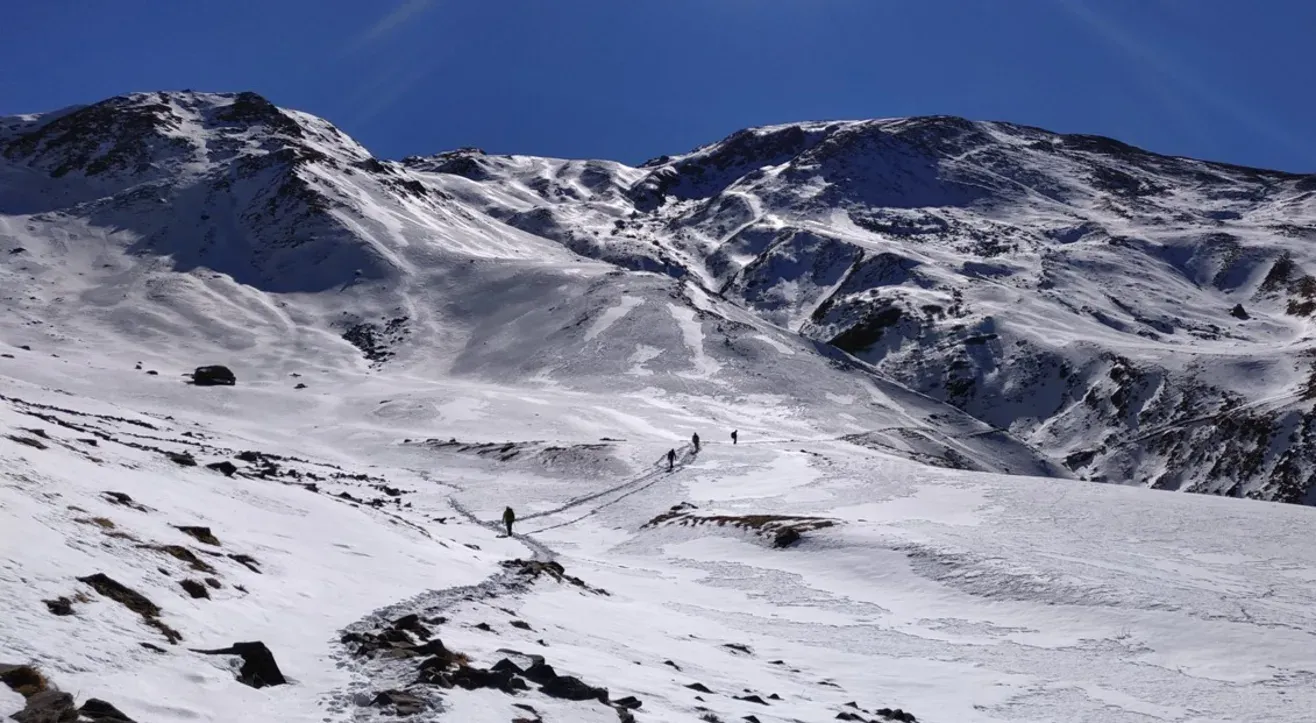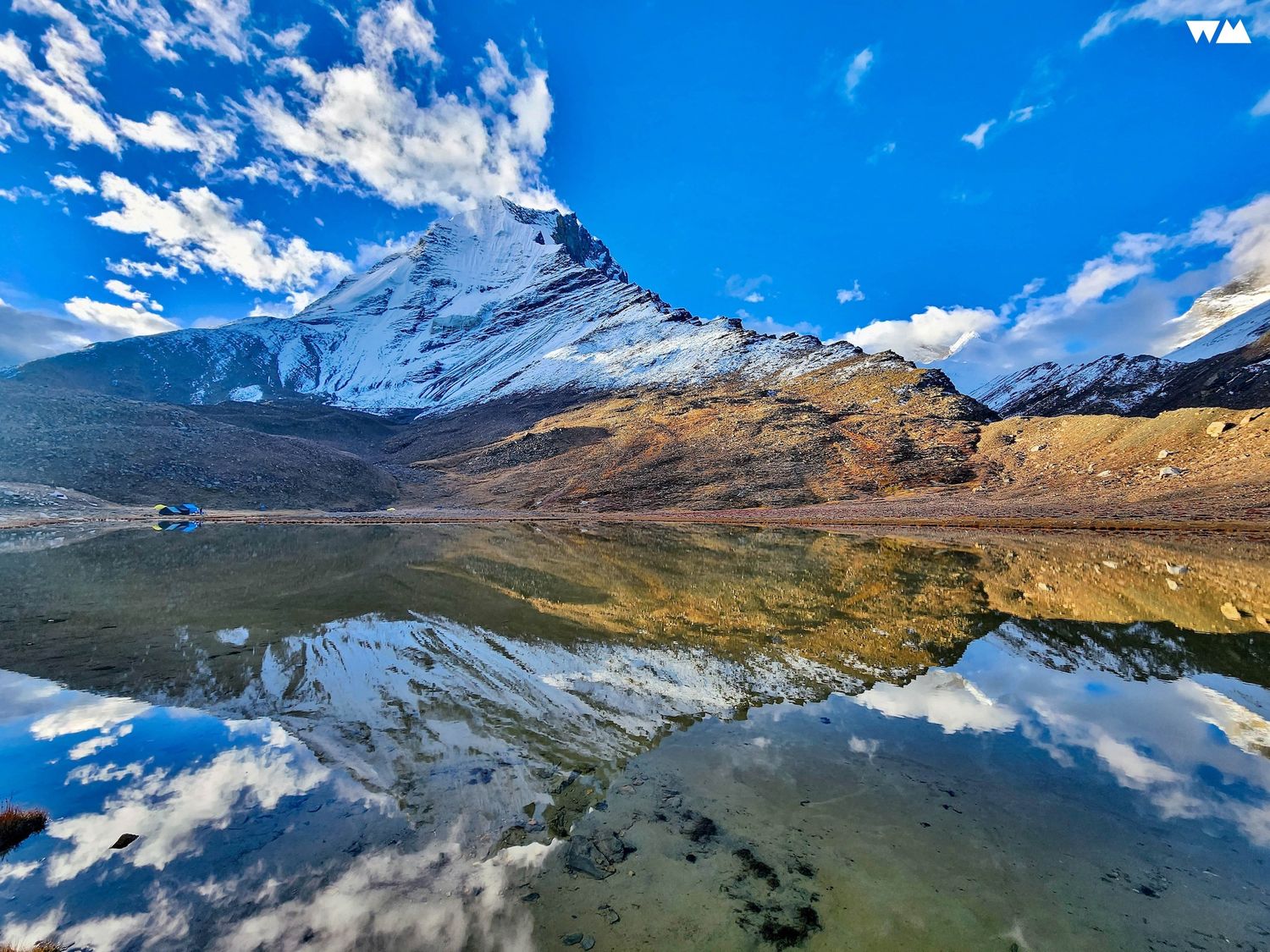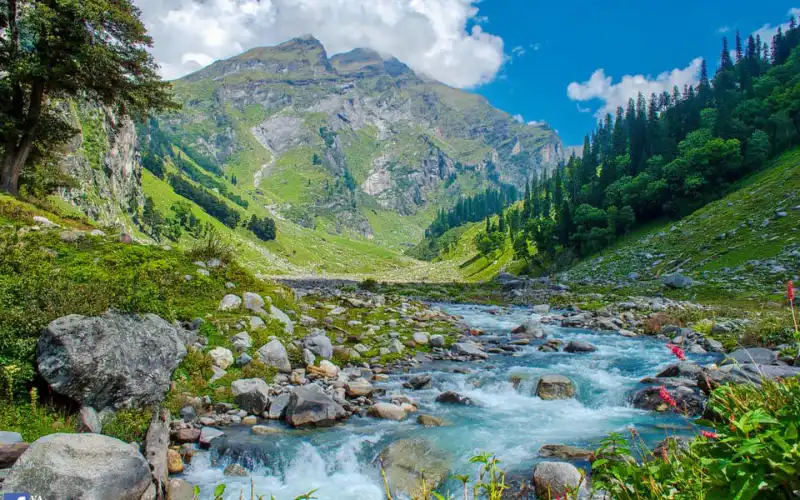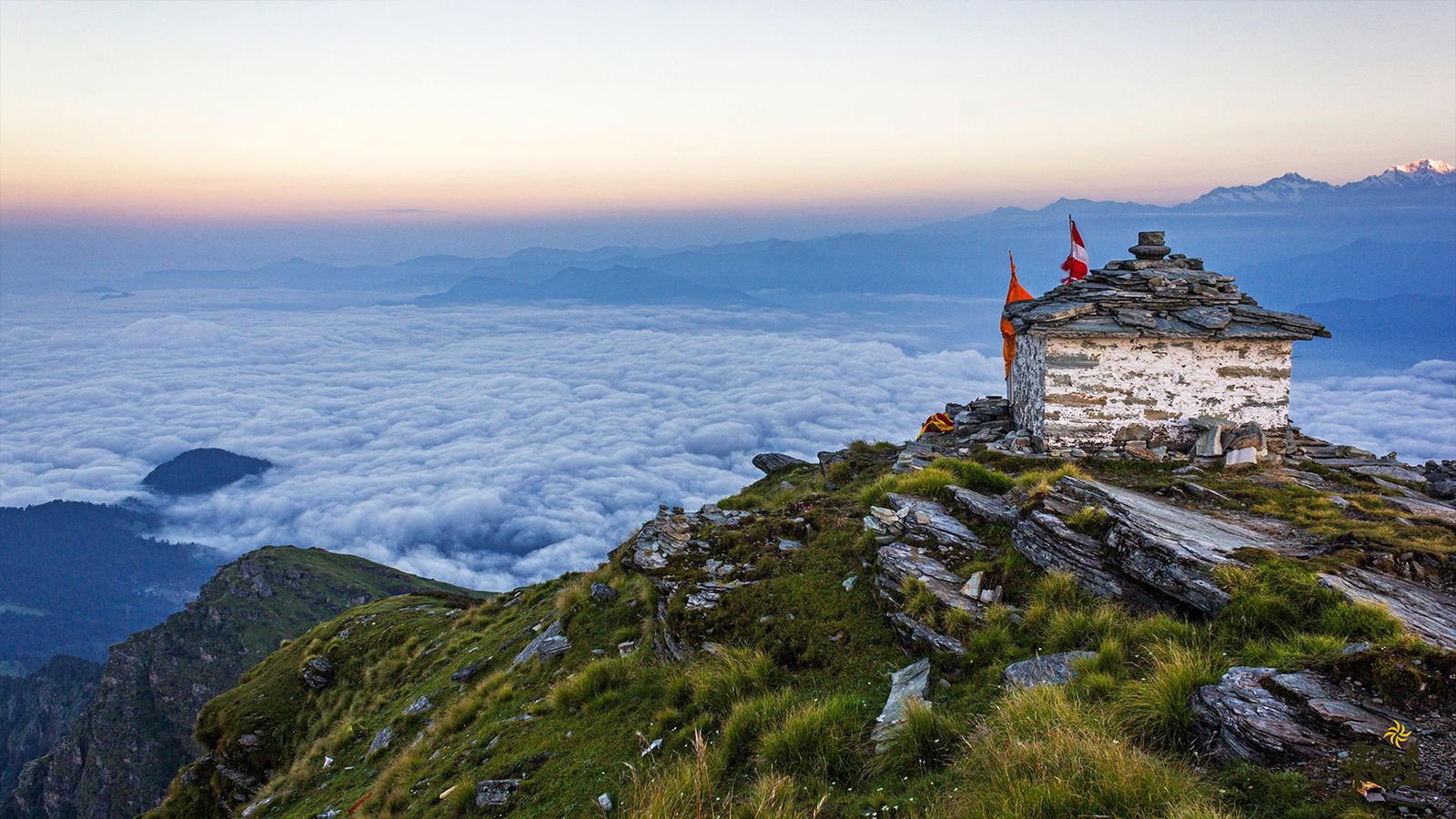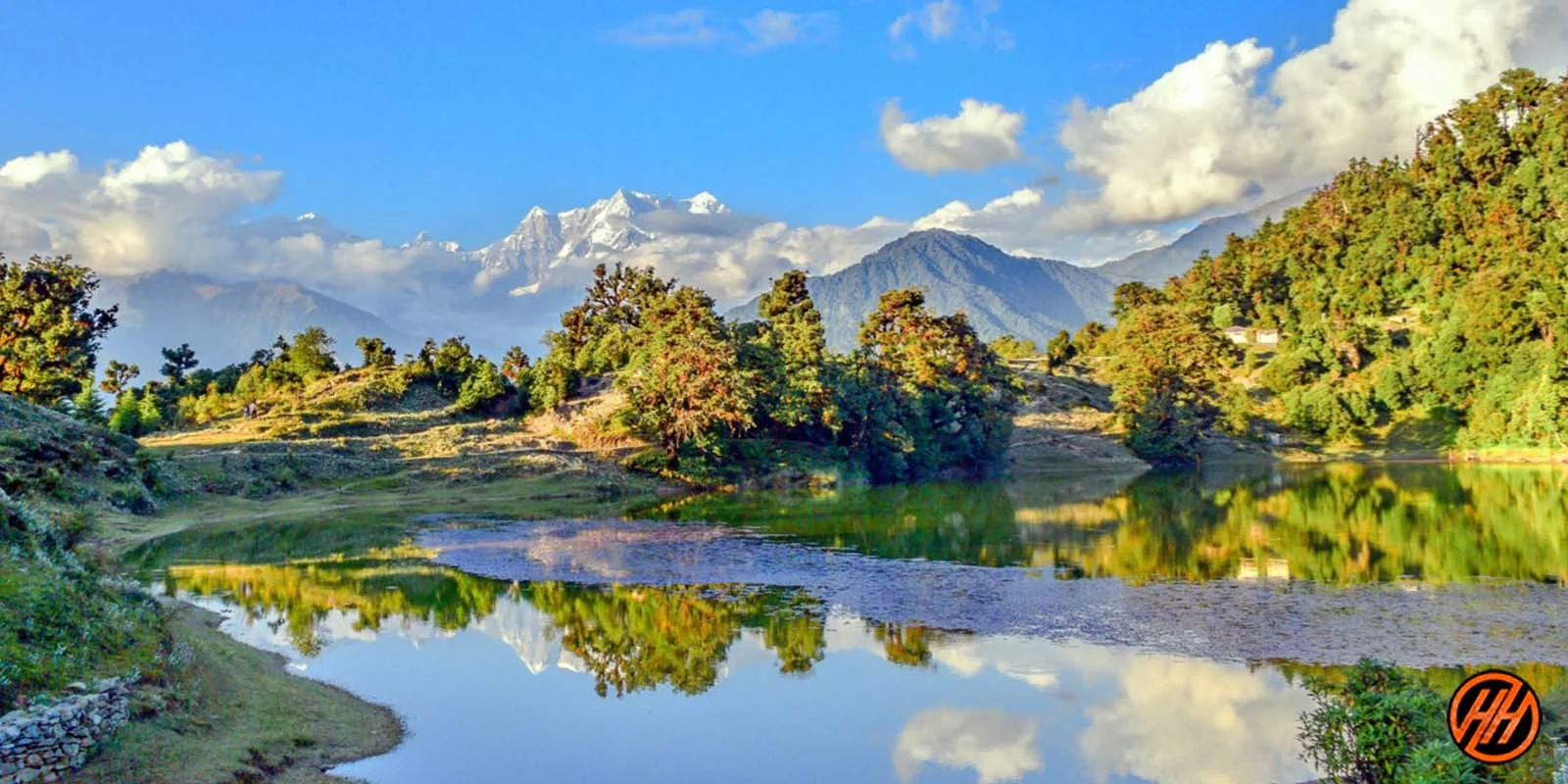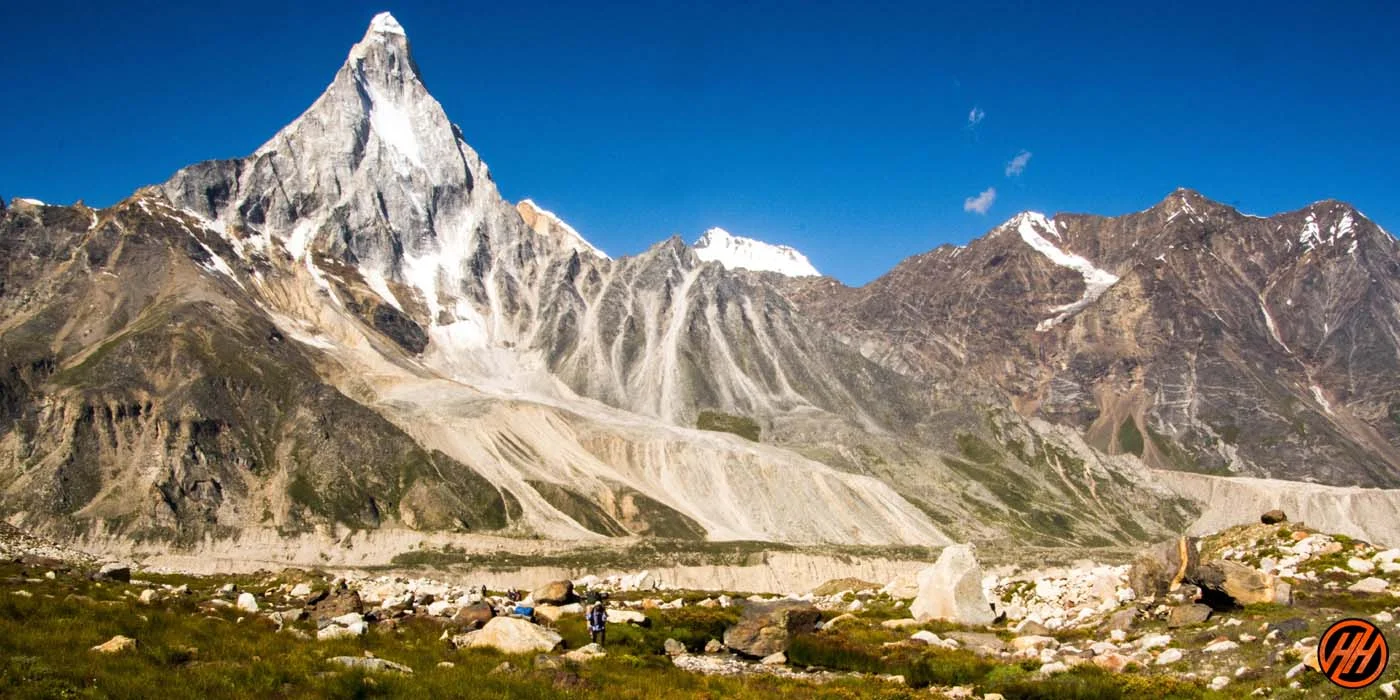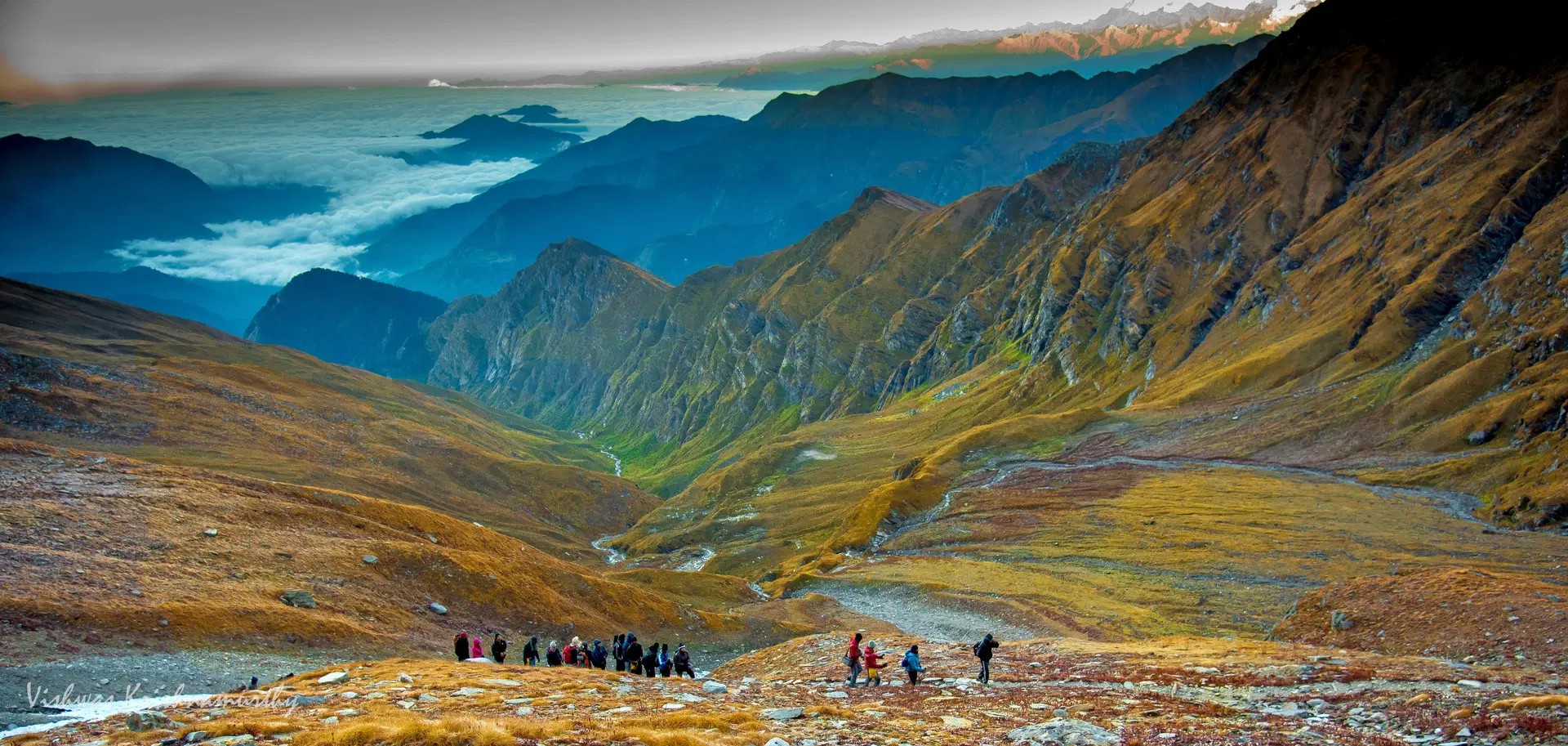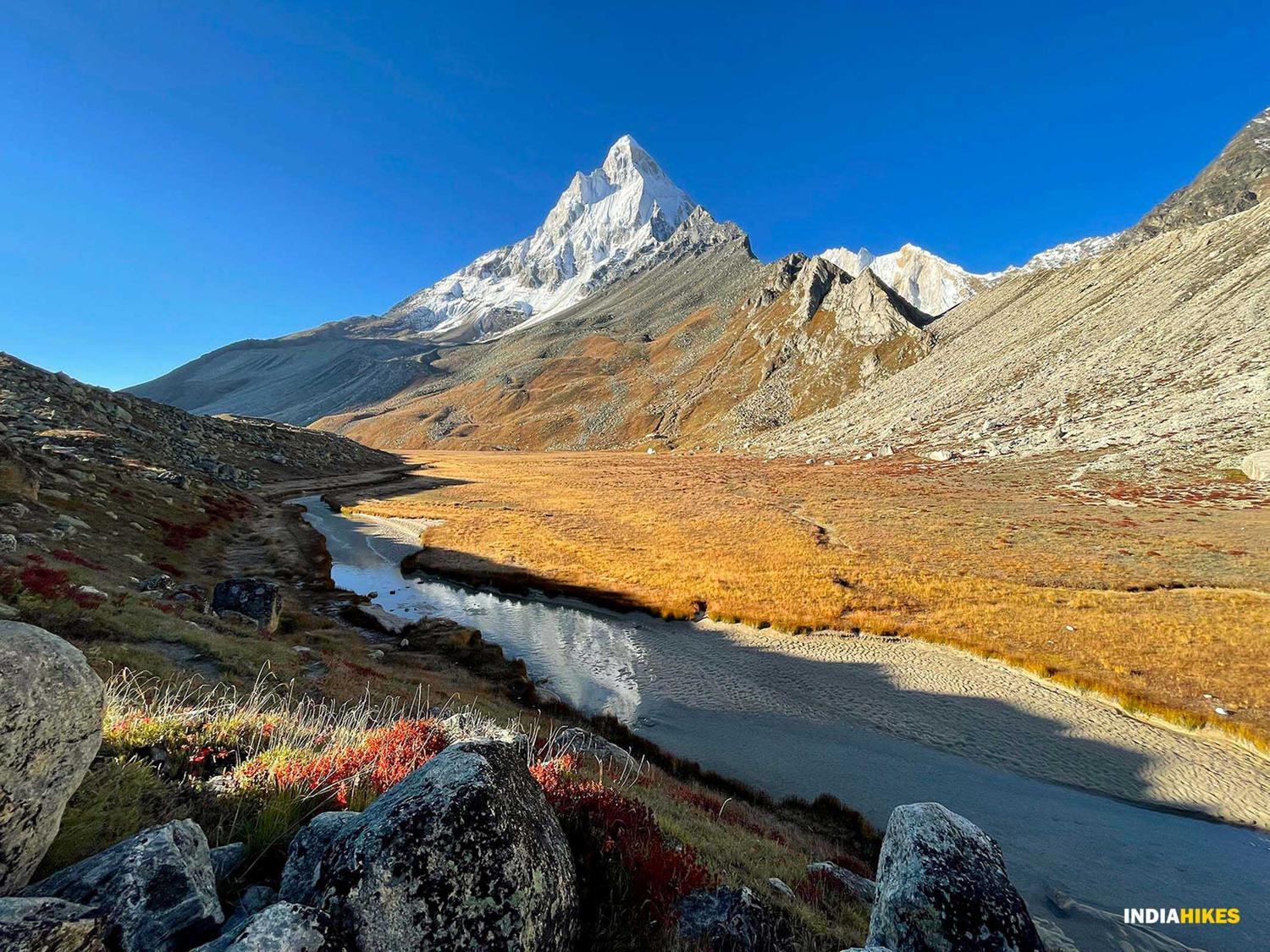Valley of Flowers Trek: A Himalayan Canvas in Full Bloom
The Valley of Flowers Trek takes you deep into the UNESCO World Heritage Site tucked within the Nanda Devi Biosphere. A dreamland for nature lovers, it explodes with vibrant blooms during the monsoon, turning the valley into a riot of color bordered by majestic snow-clad peaks.
A Paradise for Botany and Wildlife Enthusiasts
The valley hosts over 500 species of flora including orchids, poppies, primulas, and marigolds. It’s also home to rare wildlife like the blue sheep (bharal), Himalayan black bear, and snow leopard, though sightings are rare.
Spiritual and Mythological Connections
Legends say Lord Hanuman found the Sanjeevani herb here to heal Lakshman in the Ramayana. The place still radiates a sacred aura, drawing spiritual seekers as much as trekkers.
Hemkund Sahib: The Holy Addition
Most trekkers also visit Hemkund Sahib, a revered Sikh shrine beside a serene glacier lake, adding spiritual depth and altitude challenge to the itinerary.
A Perfect Monsoon Trek
Unlike most Himalayan treks, Valley of Flowers flourishes in monsoon. While other trails stay shut, this one invites trekkers to experience raw wilderness drenched in rain and bloom.
